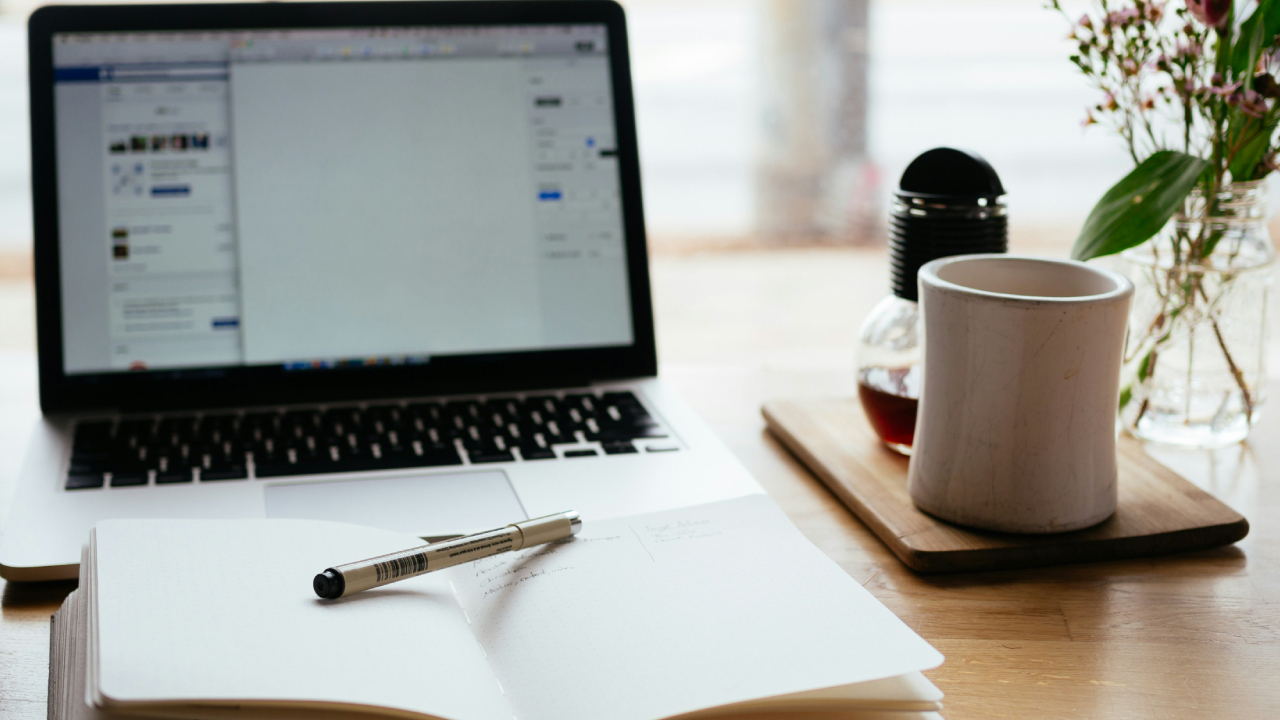- A new study suggests that the use of digital textbooks can make tertiary education in South Africa more inclusive to more students from wider backgrounds.
- The study interviewed 73 engineering students from a South African university, from two different departments.
- Alternative learning media in digital textbooks like videos and quizzes enriches learning, makes it less passive and opens it to people of wider backgrounds.
In a country as infamously unequal as South Africa, the question is often posed: how do we make things more equal for as many people as possible. Usually, this question is asked in the education space where equality in education is considered a means for the country’s population living in poverty to gain an economic advantage.
Many times, technology is given as the answer for the question of how do we make education more inclusive.
Sometimes this inclusivity can be achieved by digital technologies in unexpected ways. For example, a new study suggests that the use of digital textbooks by Engineering degree students in South Africa actually increases inclusivity and makes learning more active and richer when compared over the use of paperback books.
The conclusion of the study was reached after the researcher interviewed 73 Engineering students from a South Africa university. The students belonged to the Chemical Engineering and Maritime departments.
How etextbooks make tertiary education more inclusive
According to the study, covered by The Conversation, digital textbooks, or “etextbooks”, make education more inclusive by increasing the learning styles available to students.
“E-textbooks are interactive, with embedded multimedia elements and quizzes. This caters to diverse learning styles, making study sessions more engaging and effective,” the study finds.
“The ease of updating digital content also ensures that students have the latest information. That’s a big advantage in rapidly evolving fields such as engineering.”
Because etextbooks contain different multimedia approaches to learning, including video explanations and alternatives to simply just reading the content, they promote inclusive education for students from wider backgrounds.
For example, a student with dyslexia might struggle to grasp a difficult engineering concept in a paperback textbook, but through multimedia and different learning paths in an etextbook they can more easily understand.
“Traditional paper books often overlook the unique needs of learners and students with special educational needs,” it reads.
Even features of etextbooks that turn learning to a discussion instead of a solo activity promote a better learning environment. They can include shared annonations between students, or even collaborative exercises that makes learning less passive and more active. They can also help promote a sense of community among students – considered critical for successful education.
The use of etextbooks is also on the increase all over the world, and especially in South Africa. Nowadays most learning material is transmitted to students over digital means, whether through email or through online learning portals.
Inequalities must be addressed
Unfortunately however, as the study points out, the increasing use of digital learning materials in countries with less resources than some of the world’s most developed nations also creates a barrier for inclusive education. In this sense, the inequality is not only in who has access to digital technology and the internet, but also who is trained in digital literacy.
For digital literacy, the study posits that etextbooks are quick for students to grasp, but still require targeted interventions for true success. There should be tutorials that accompany etextbook use, so students can understand how to navigate through them and all their features.
The study suggests that universities could grant free or subsidised access to etextbooks to poorer students, so that these students also have access to learning information.
You can read the full study here.
[Image – Photo by Nick Morrison on Unsplash]

